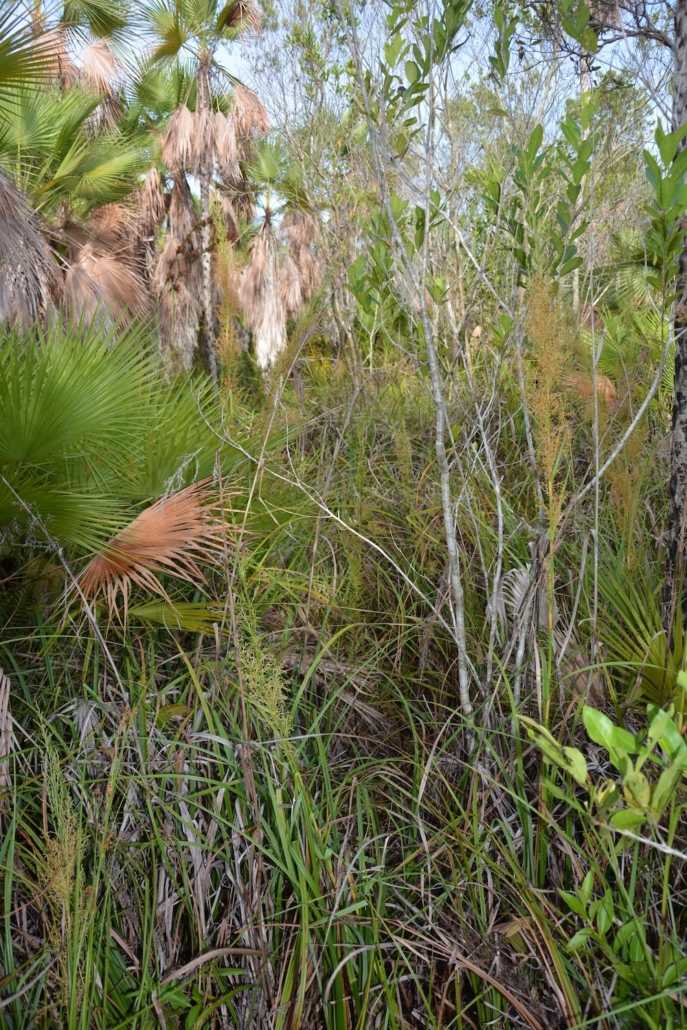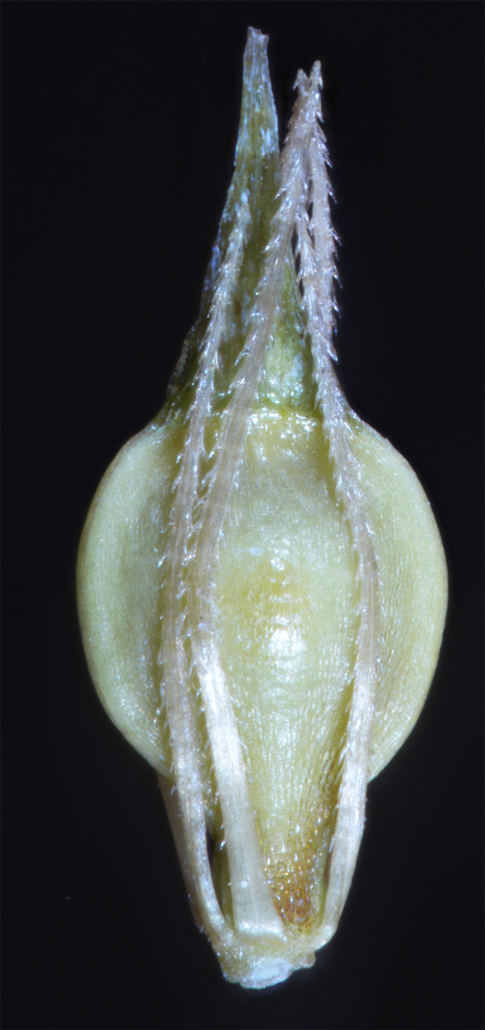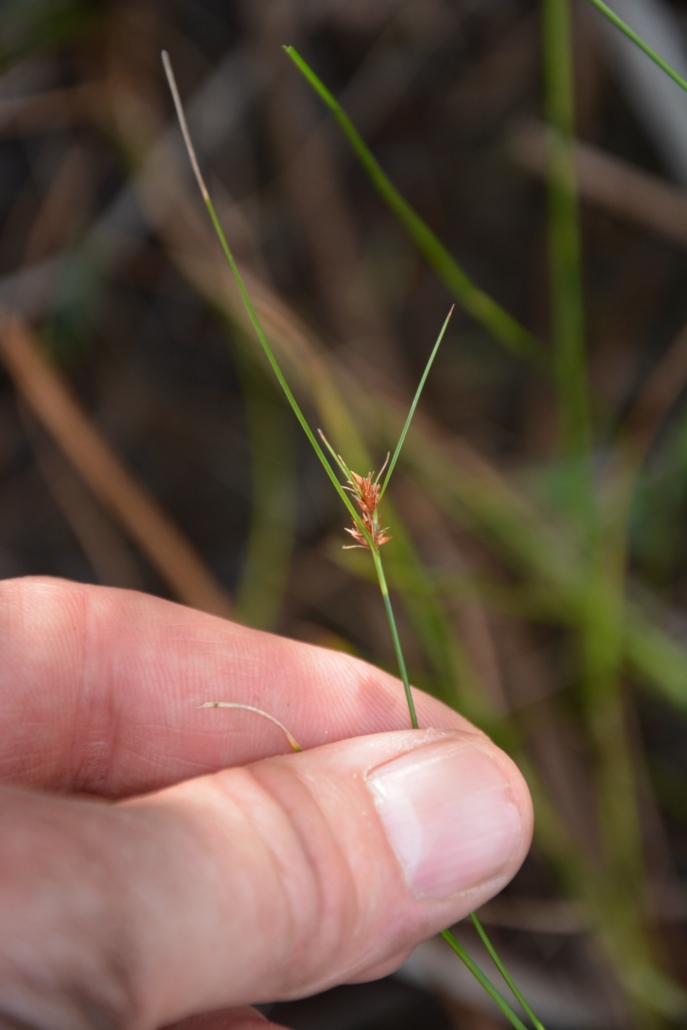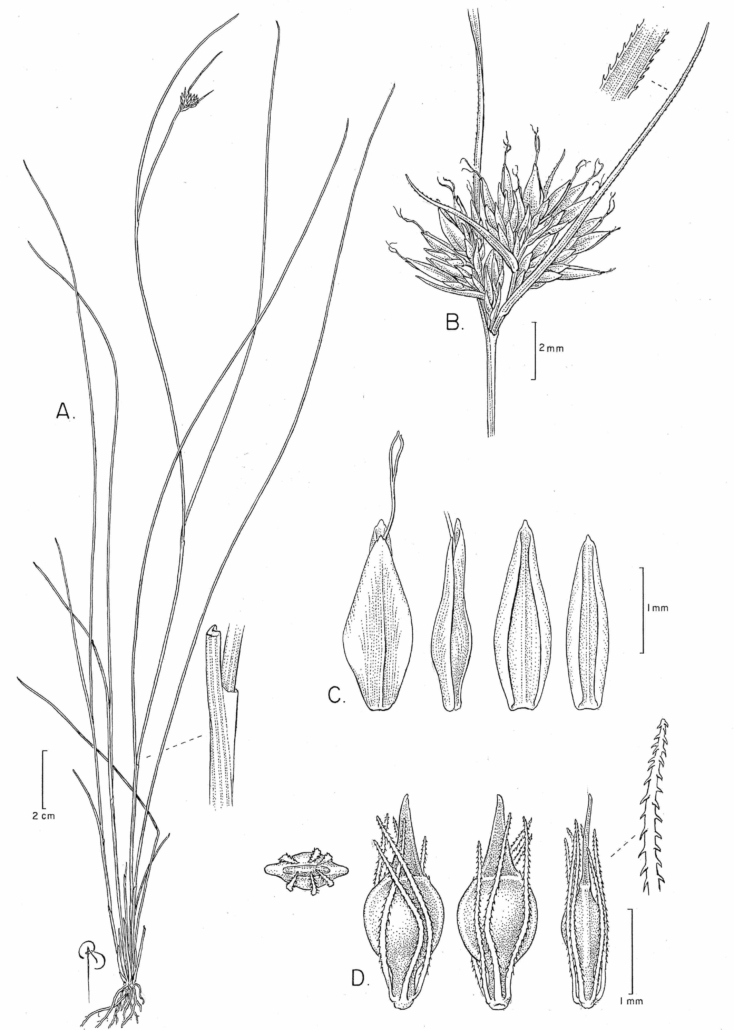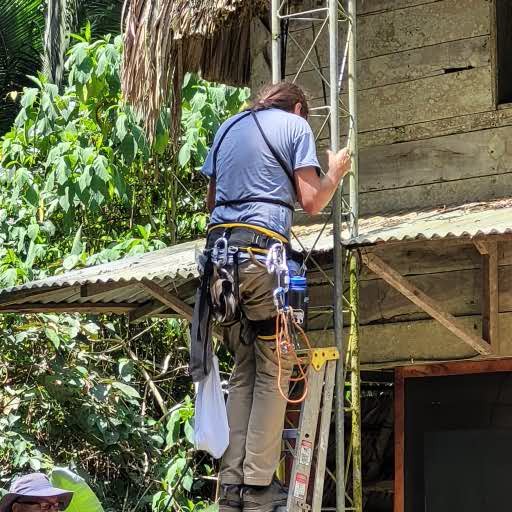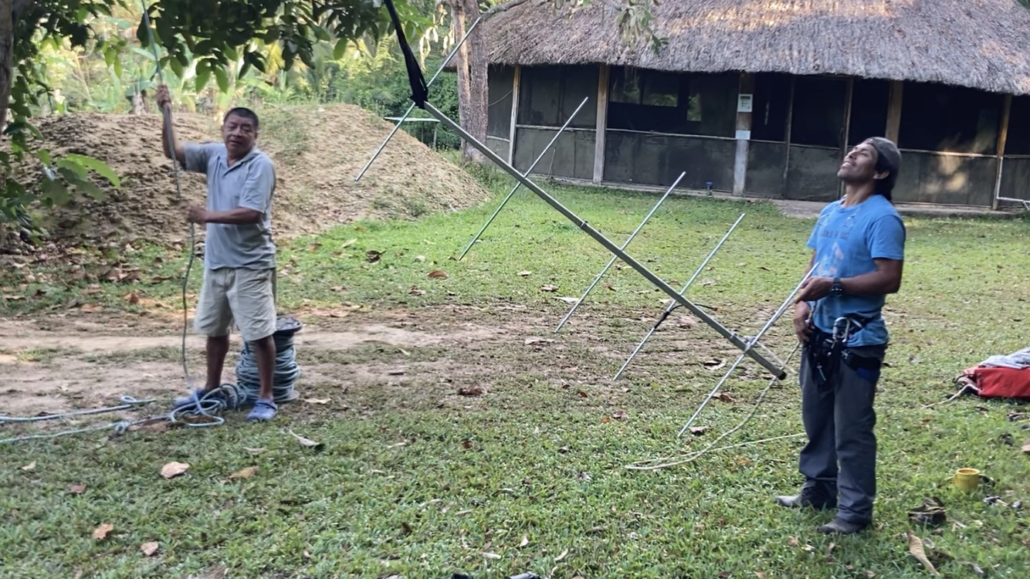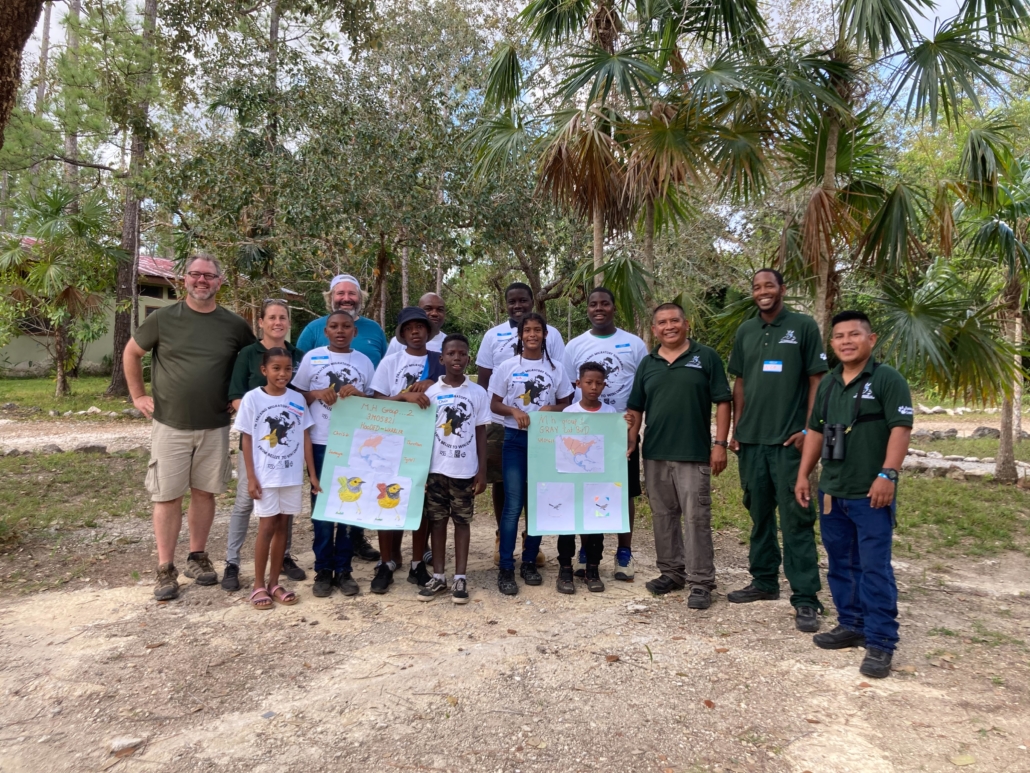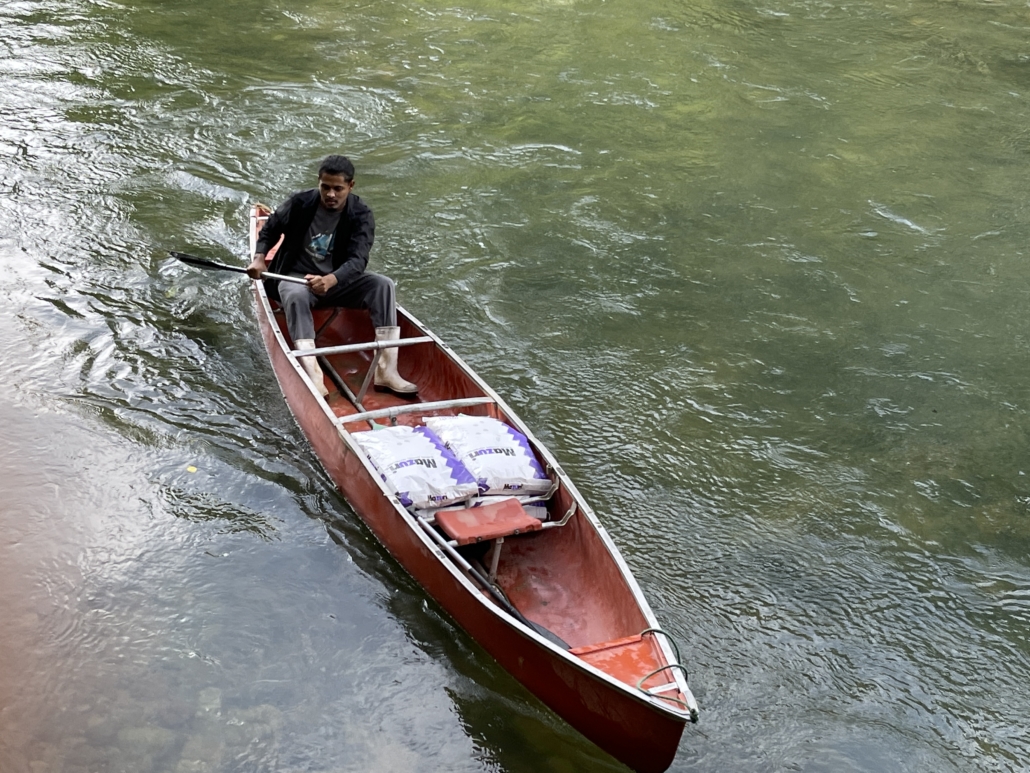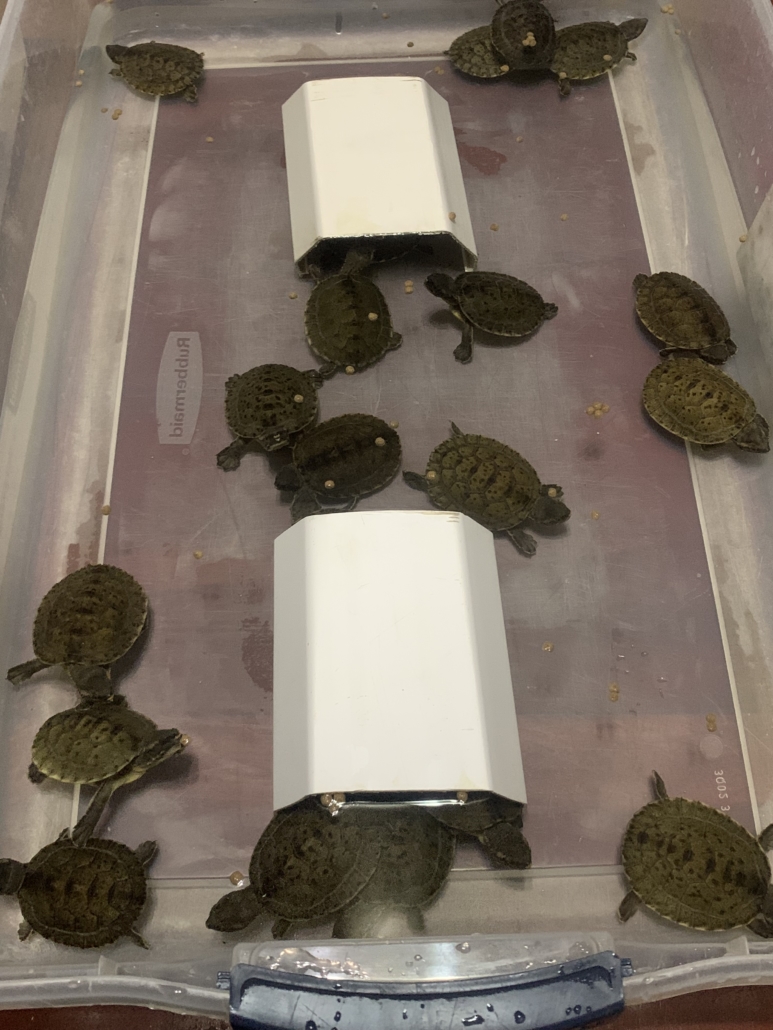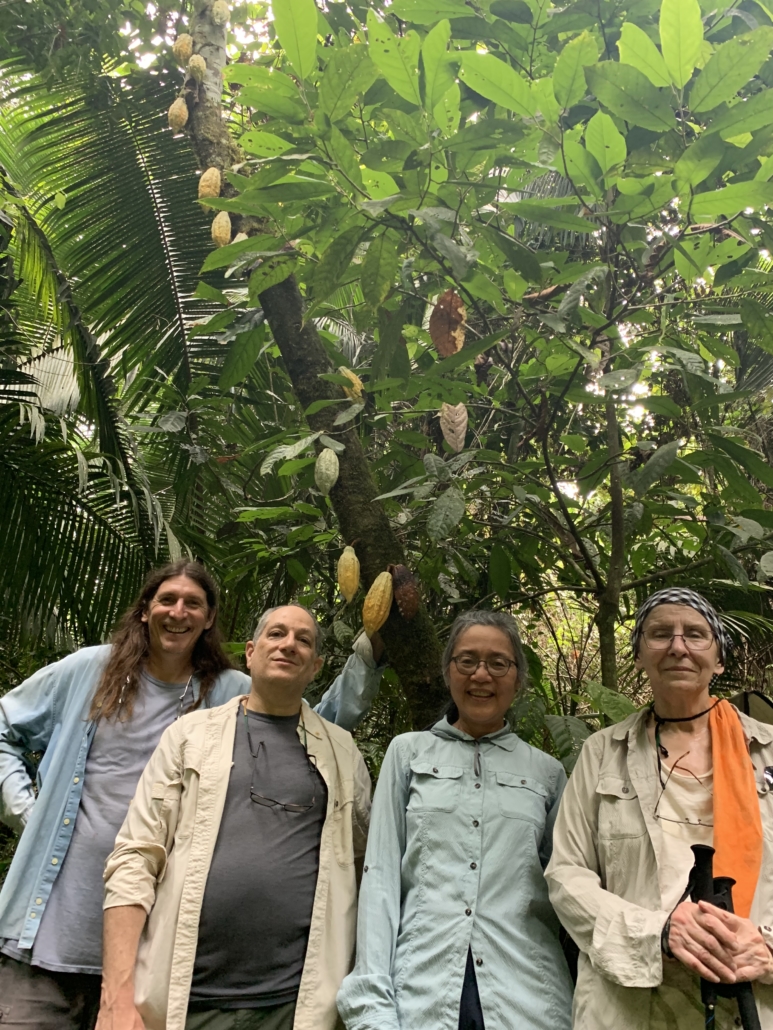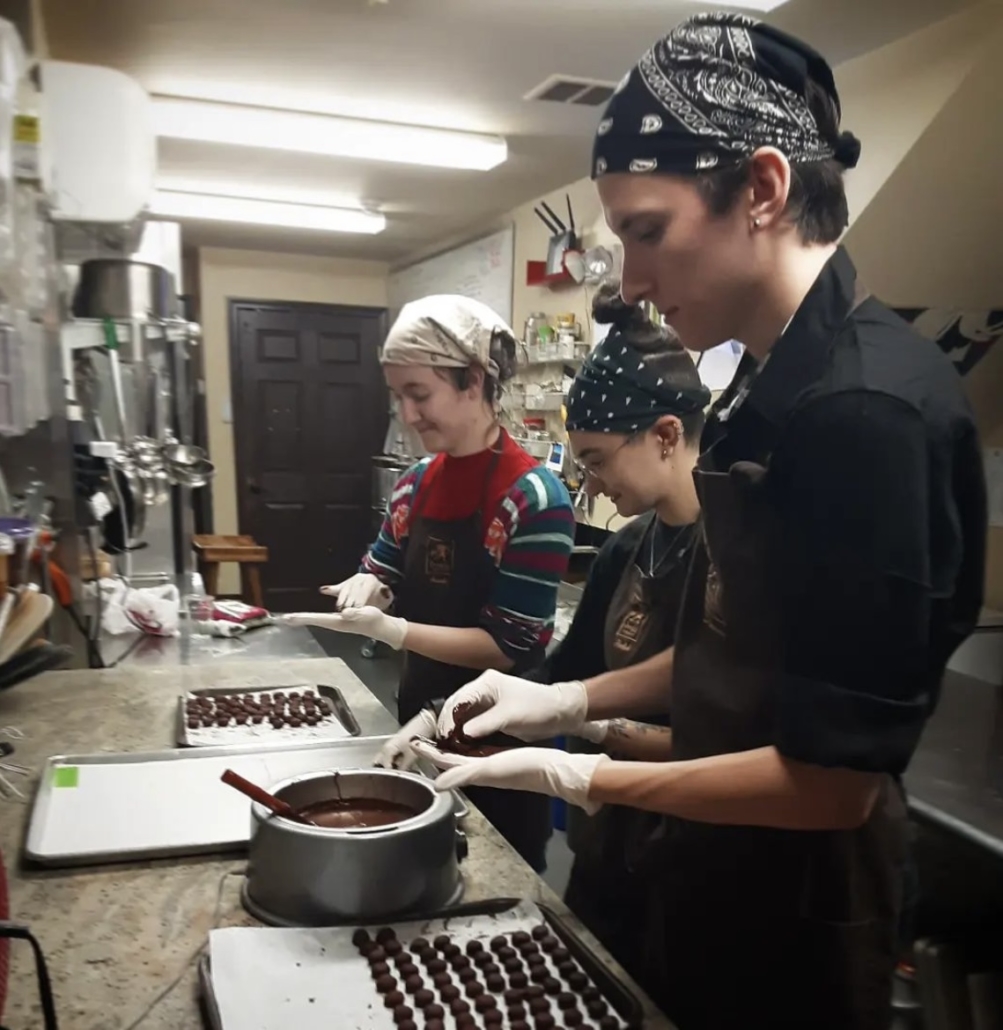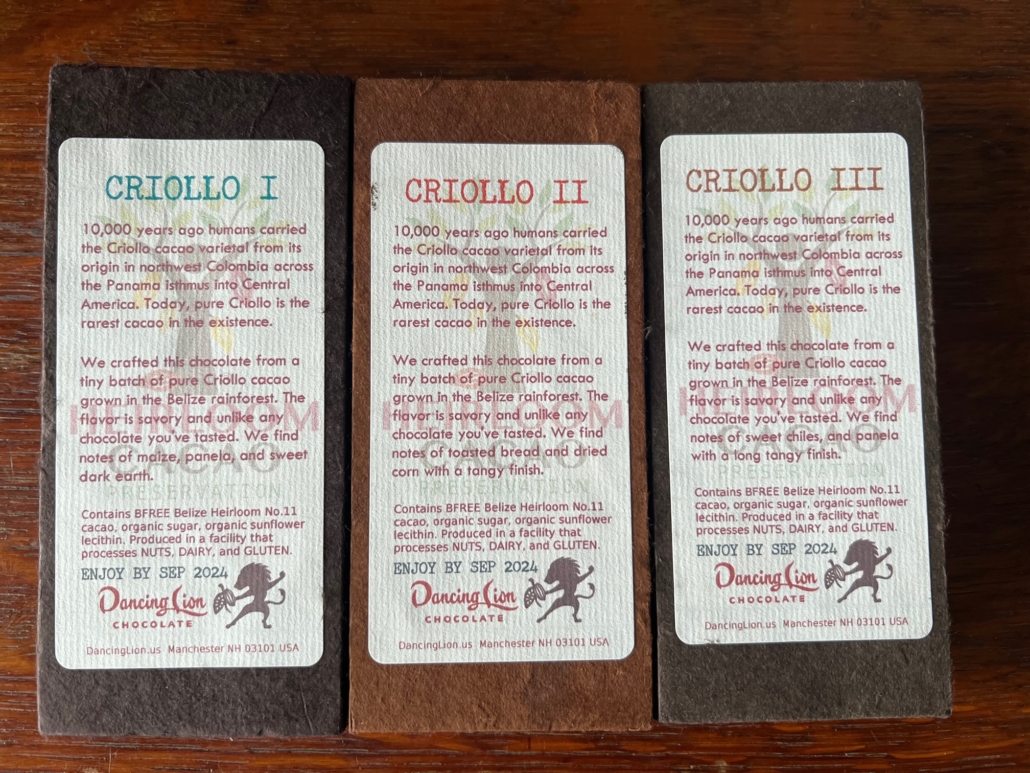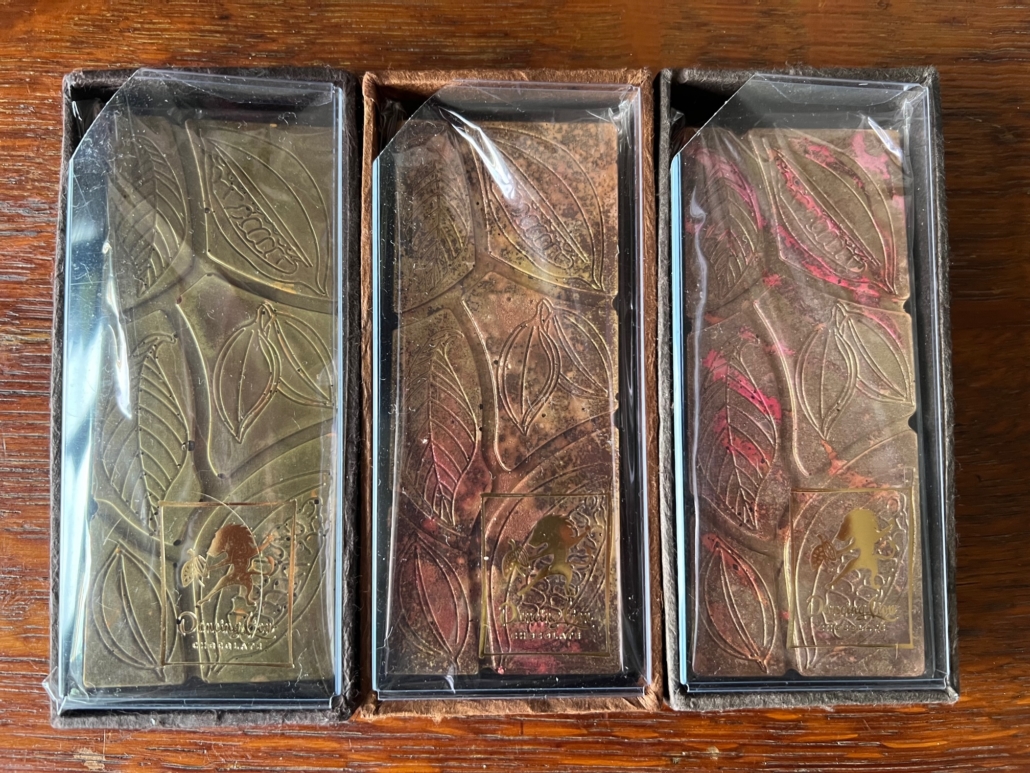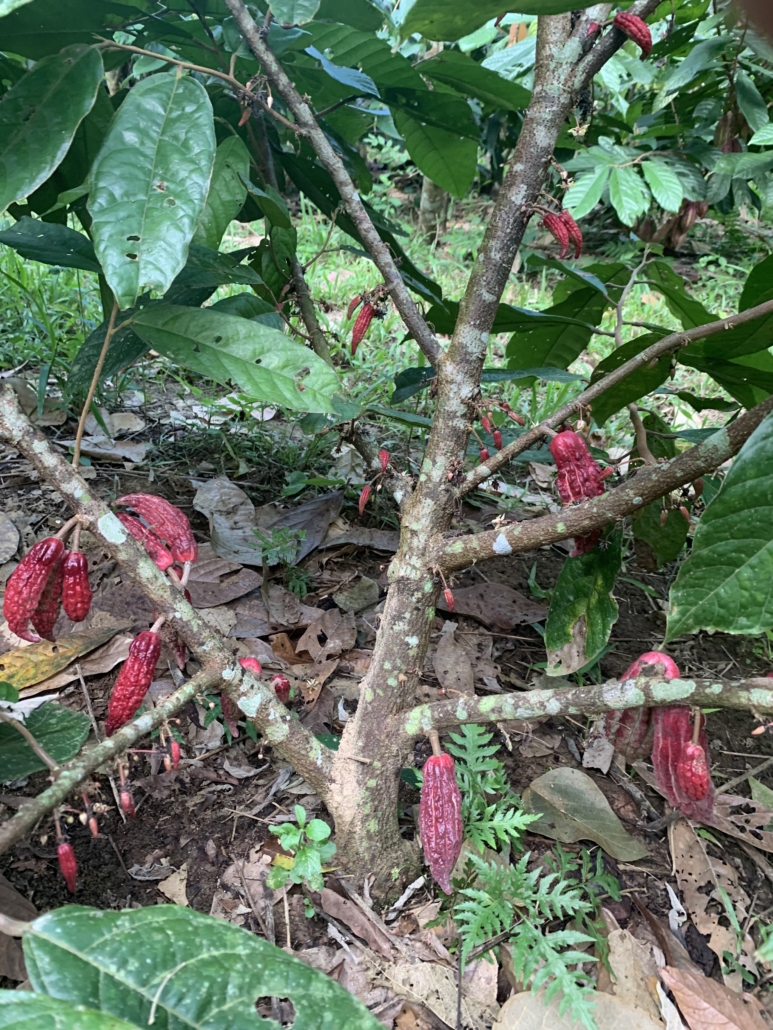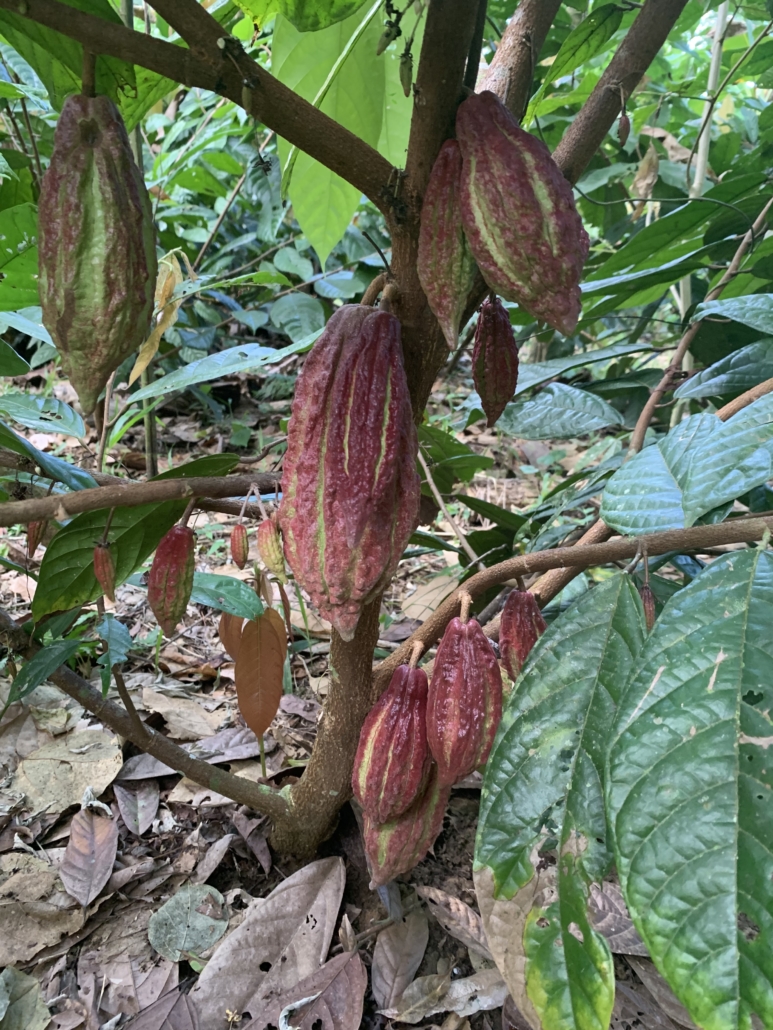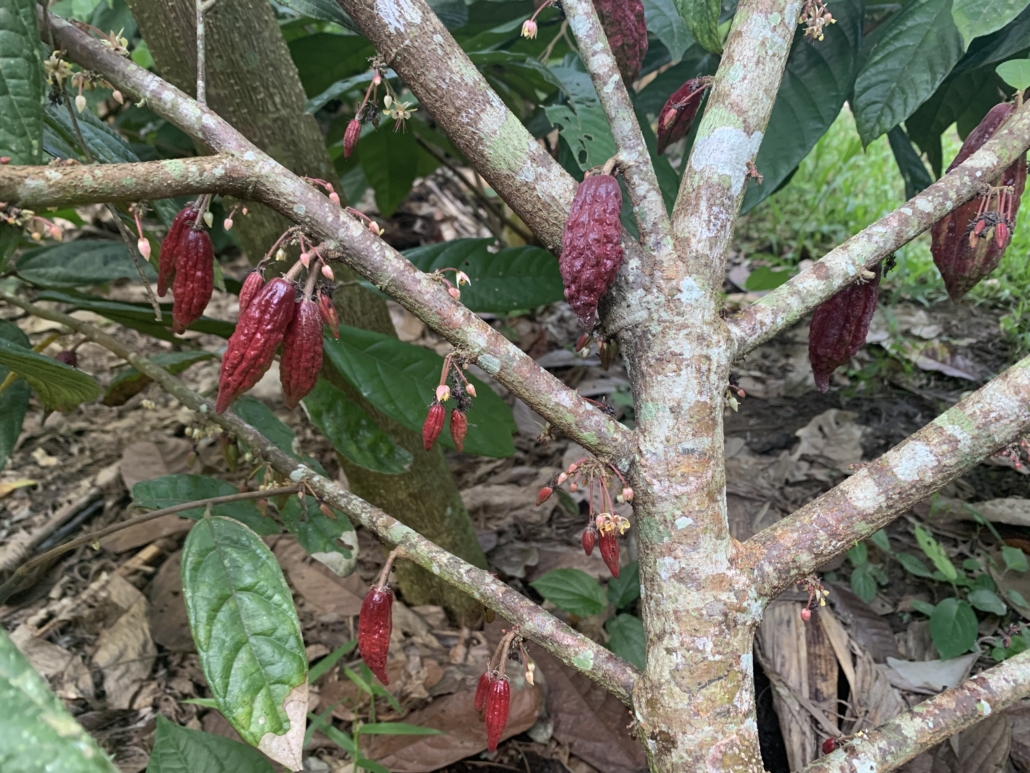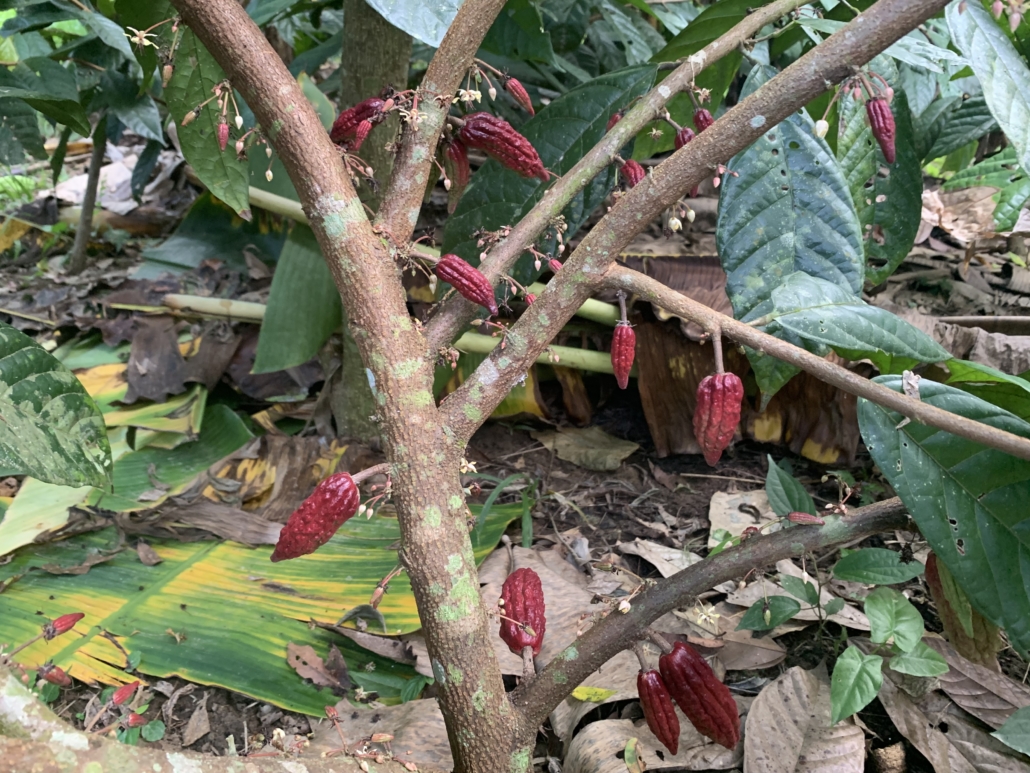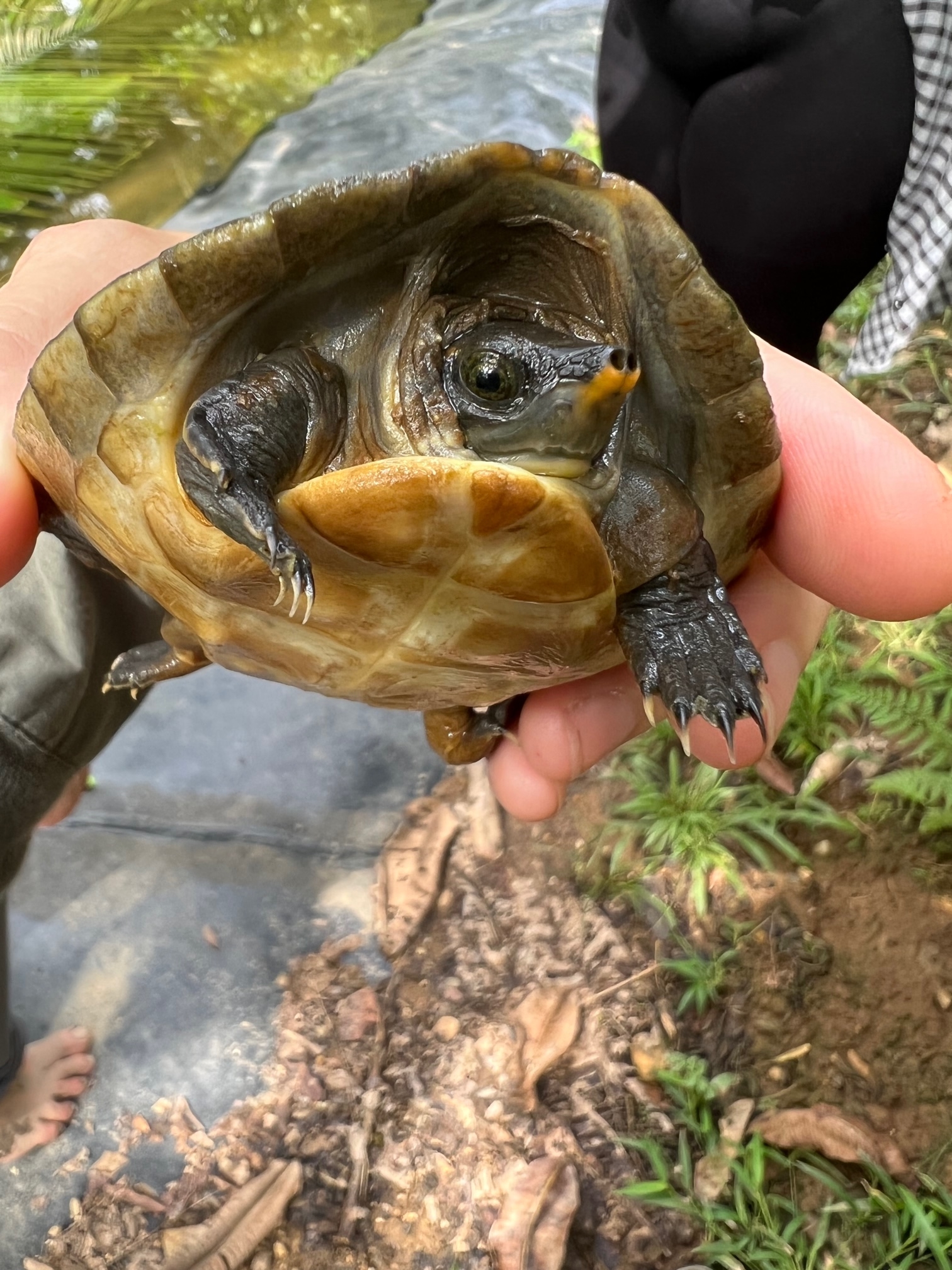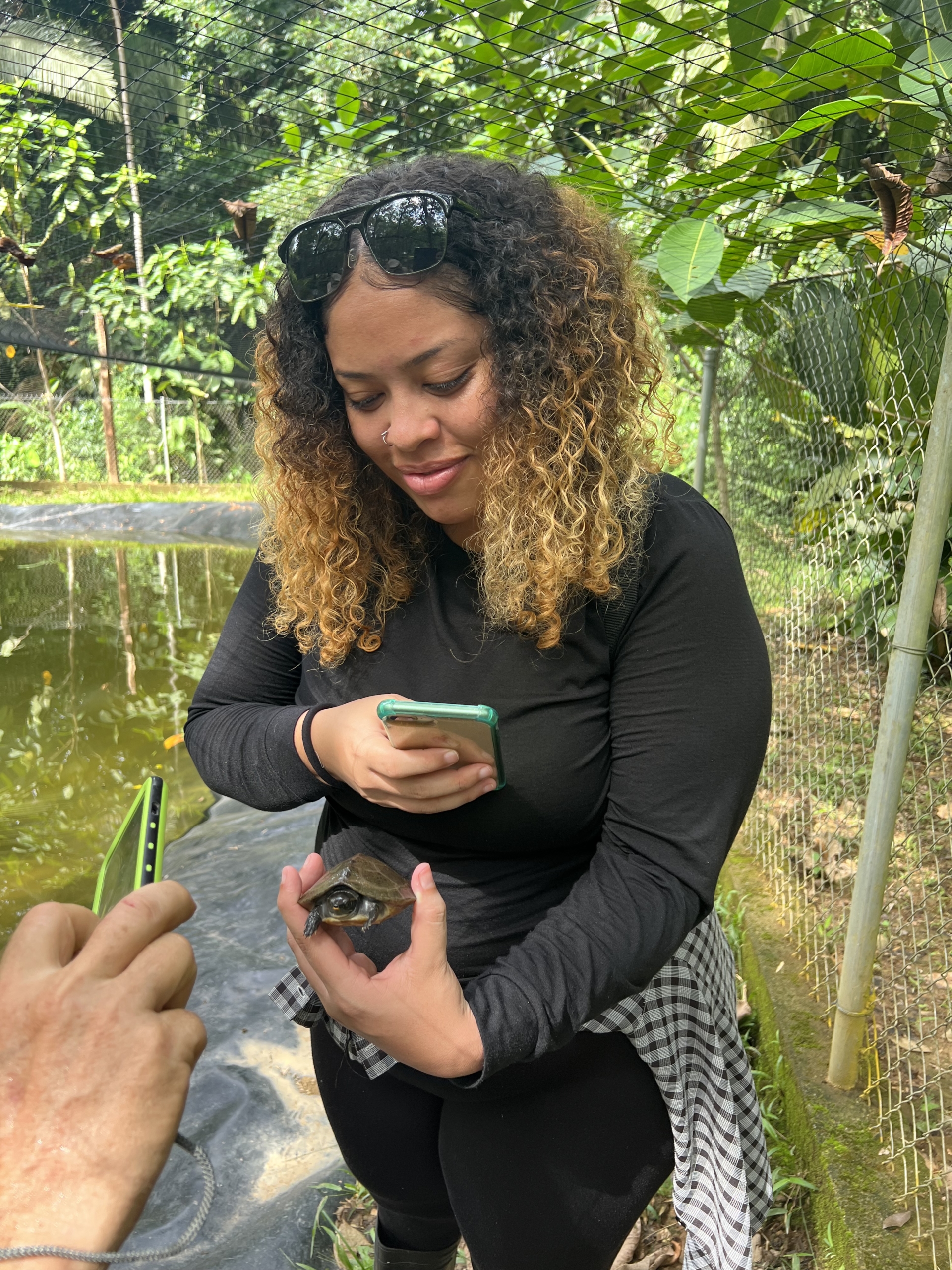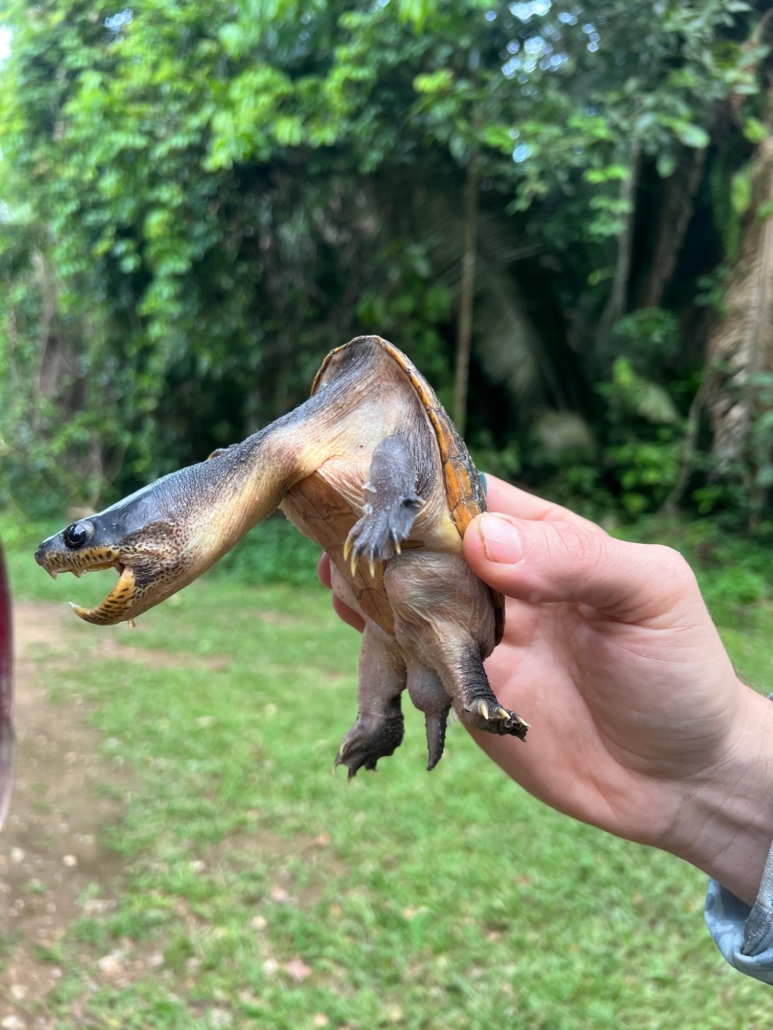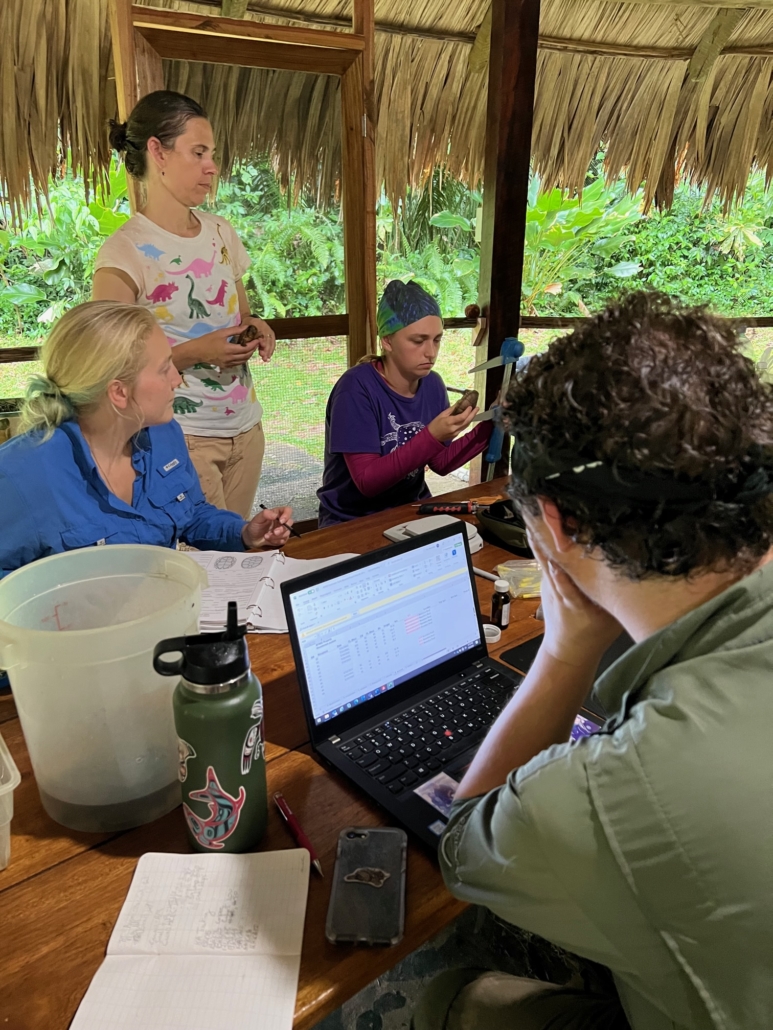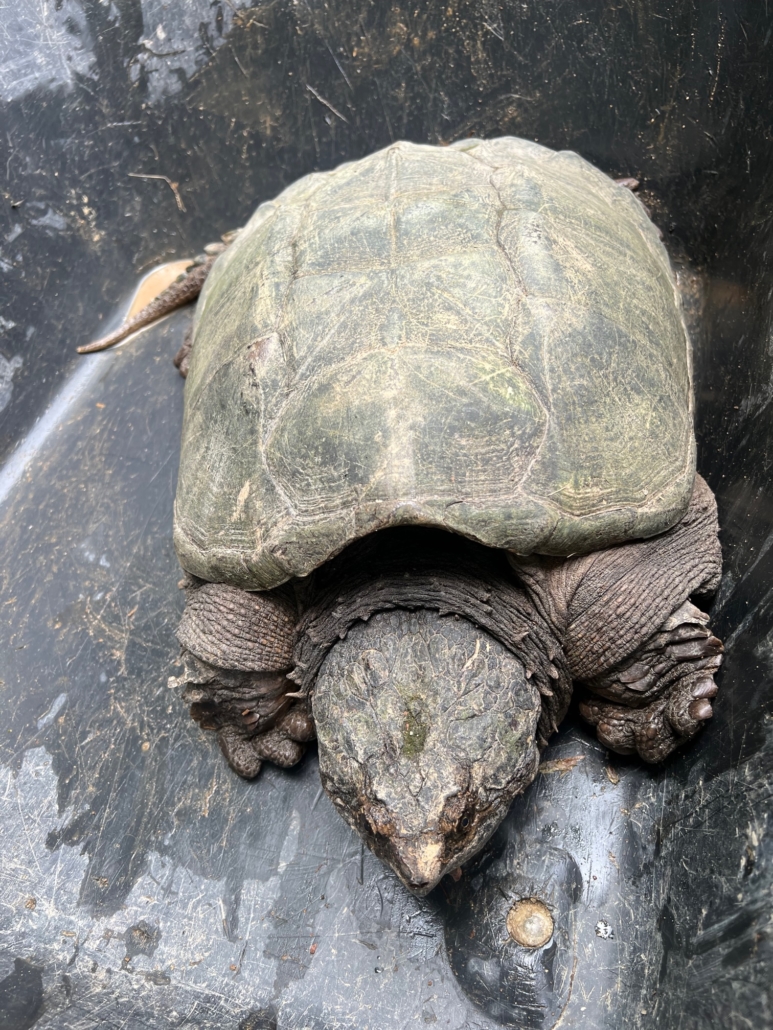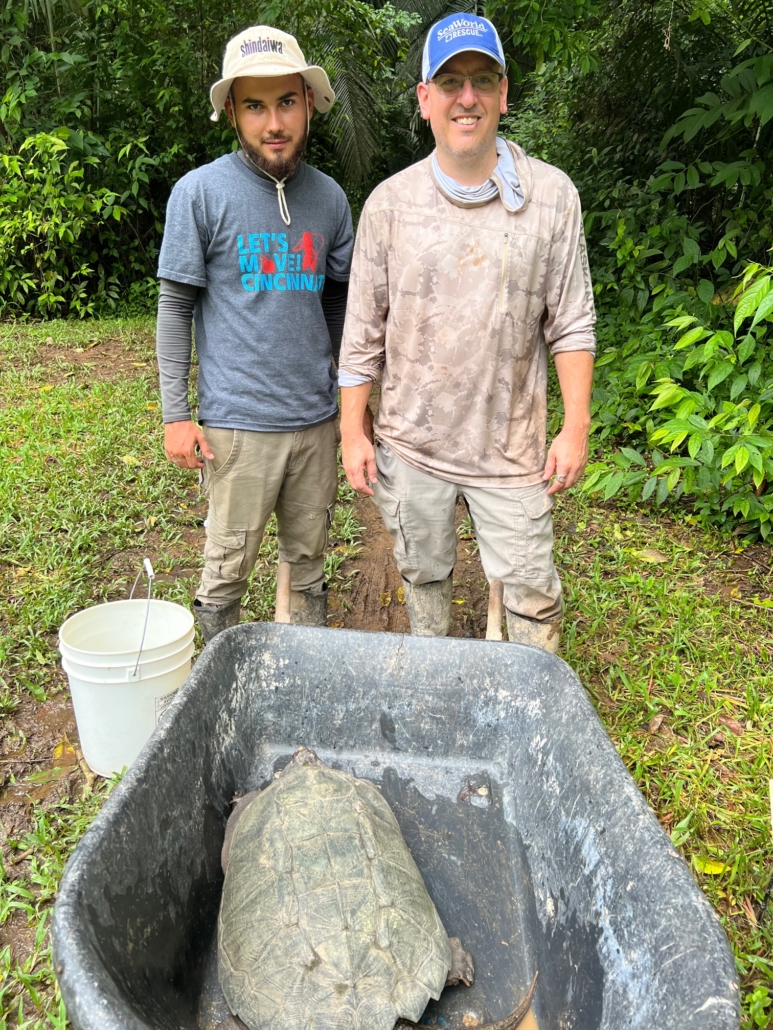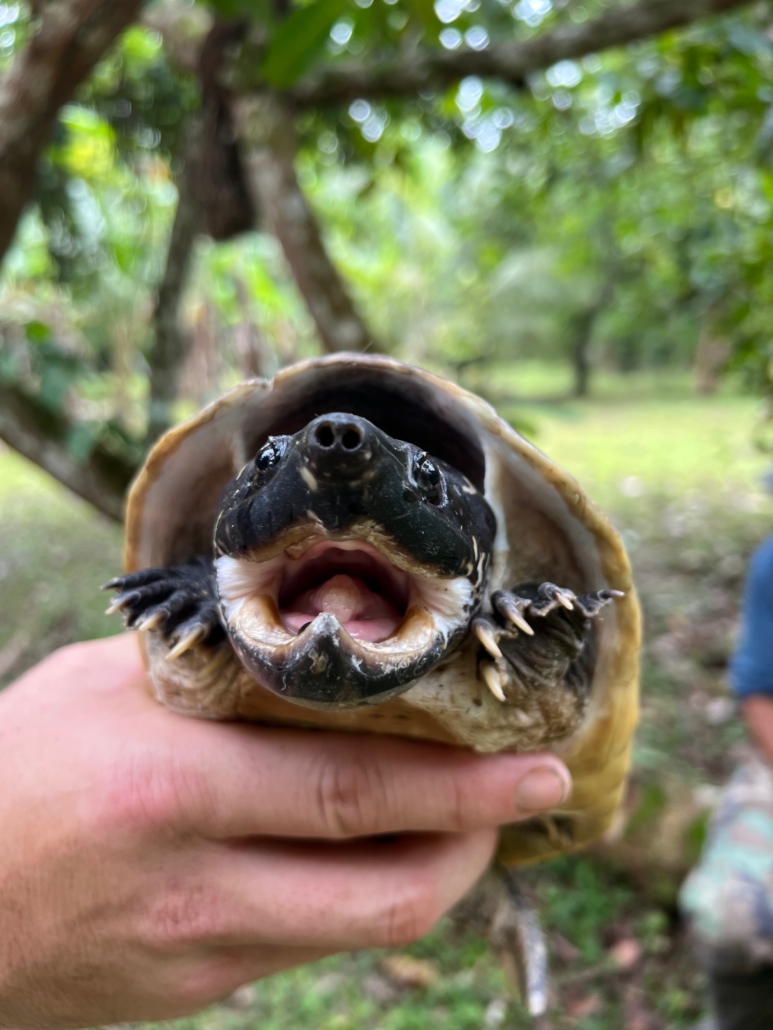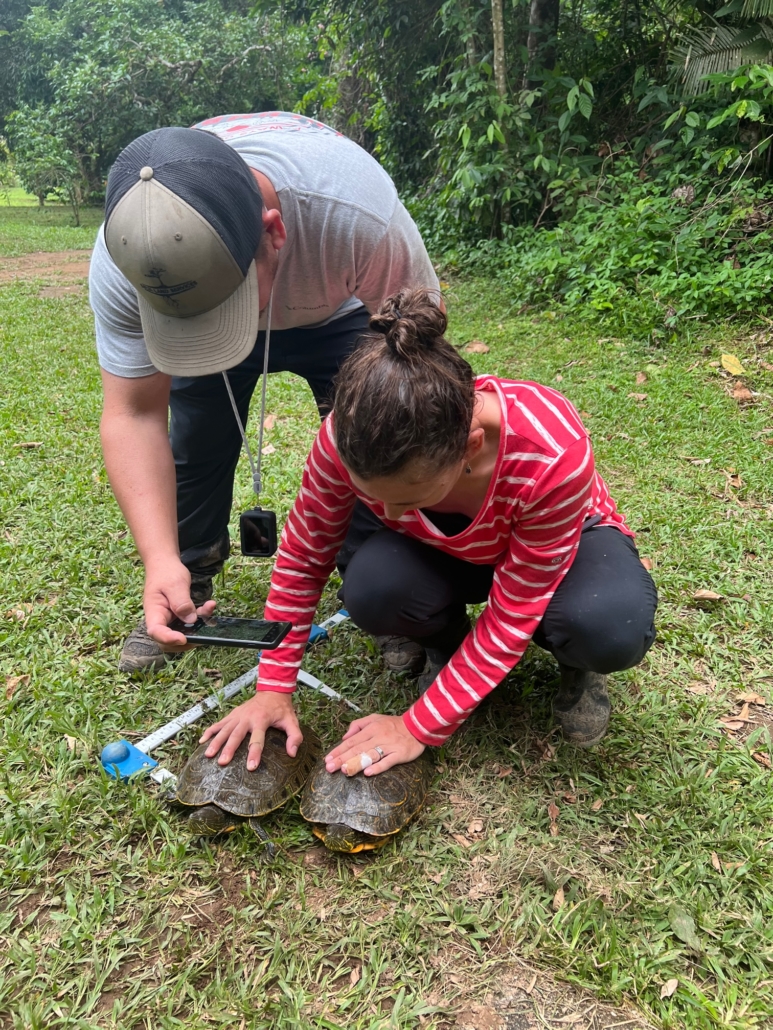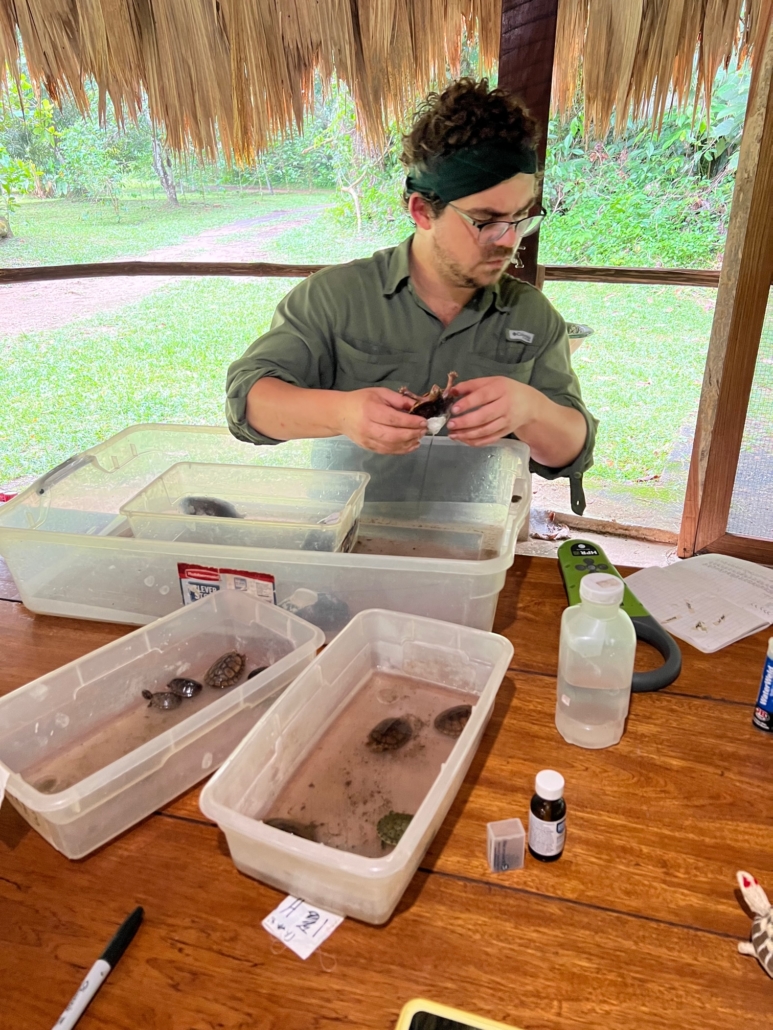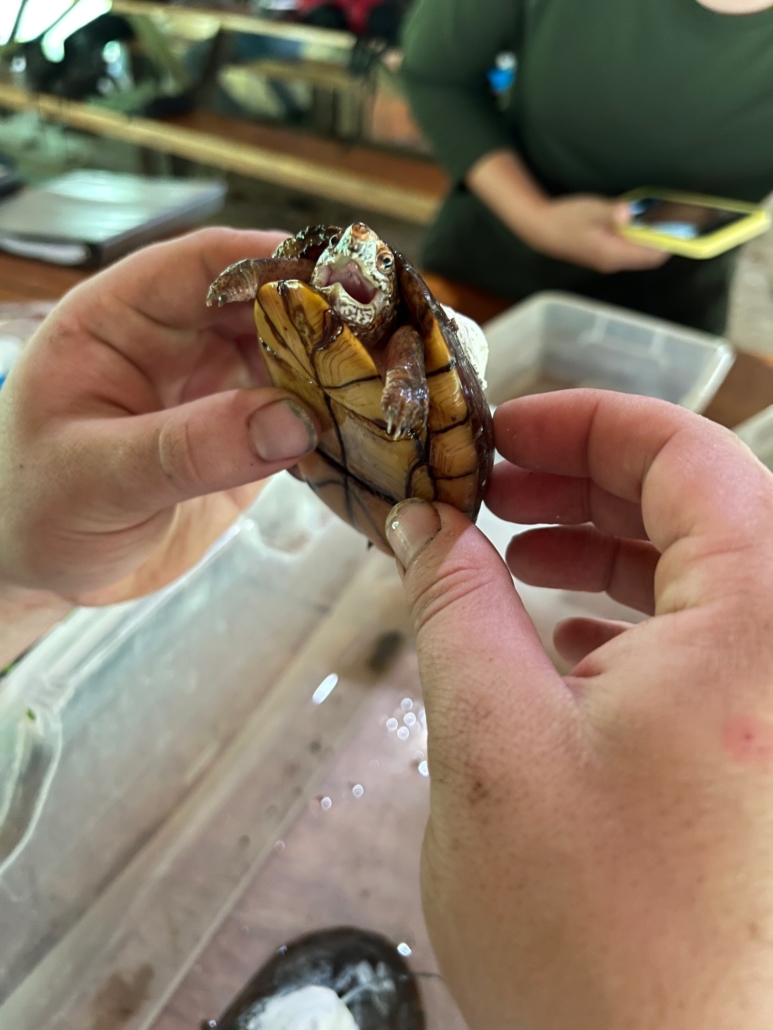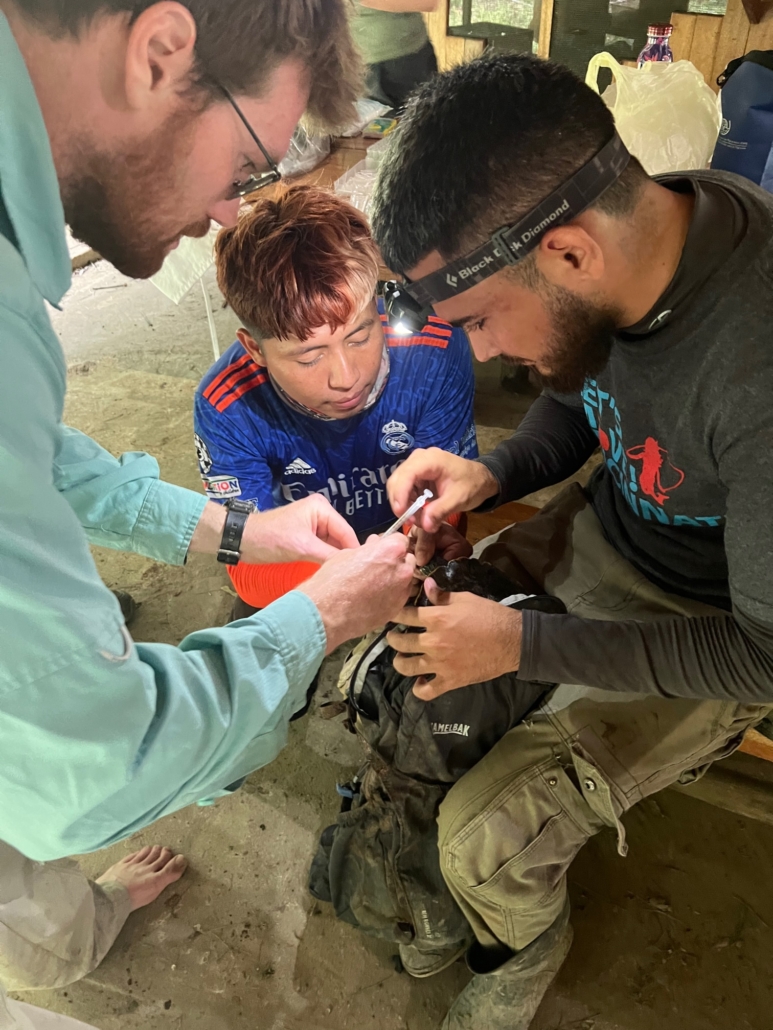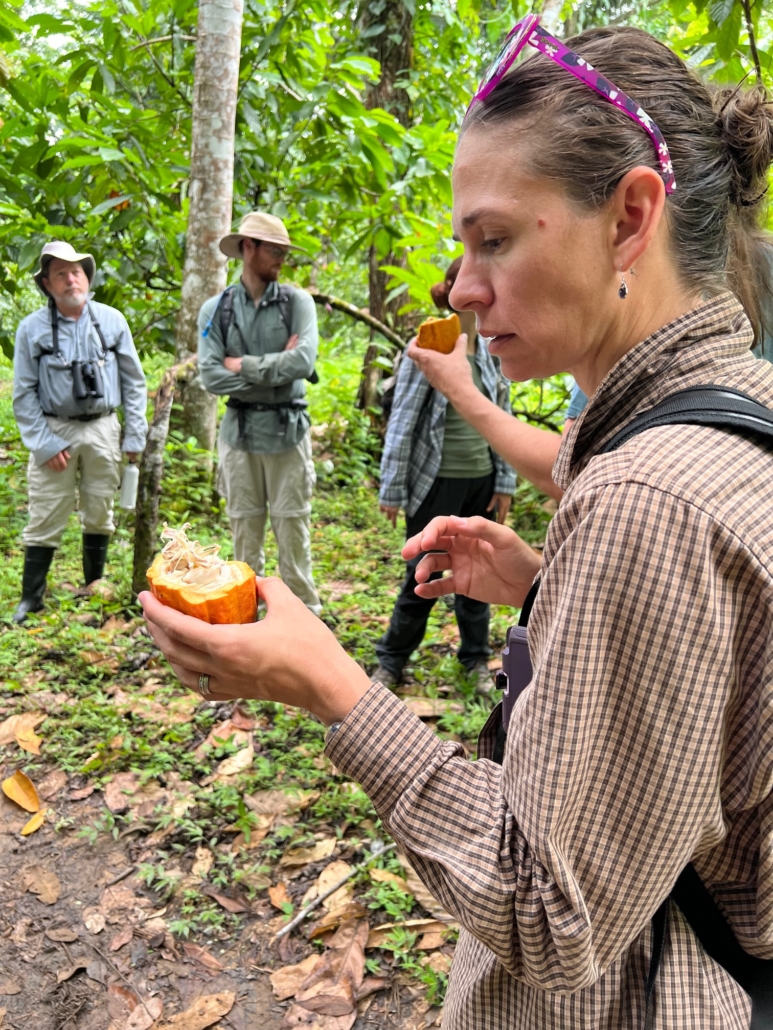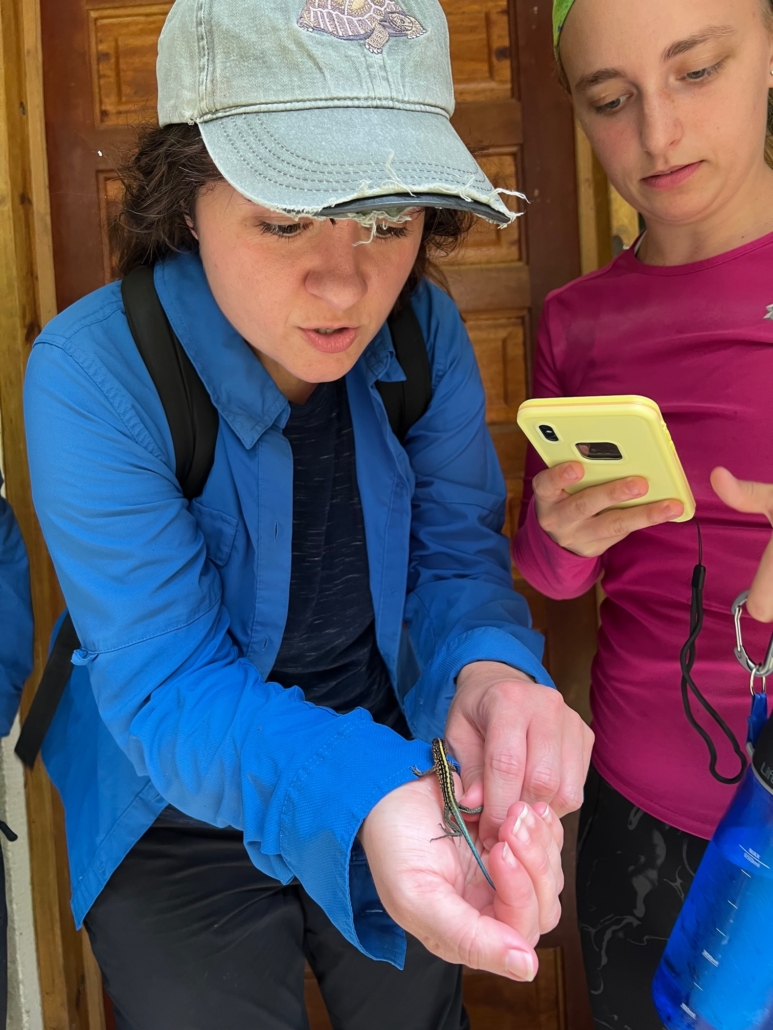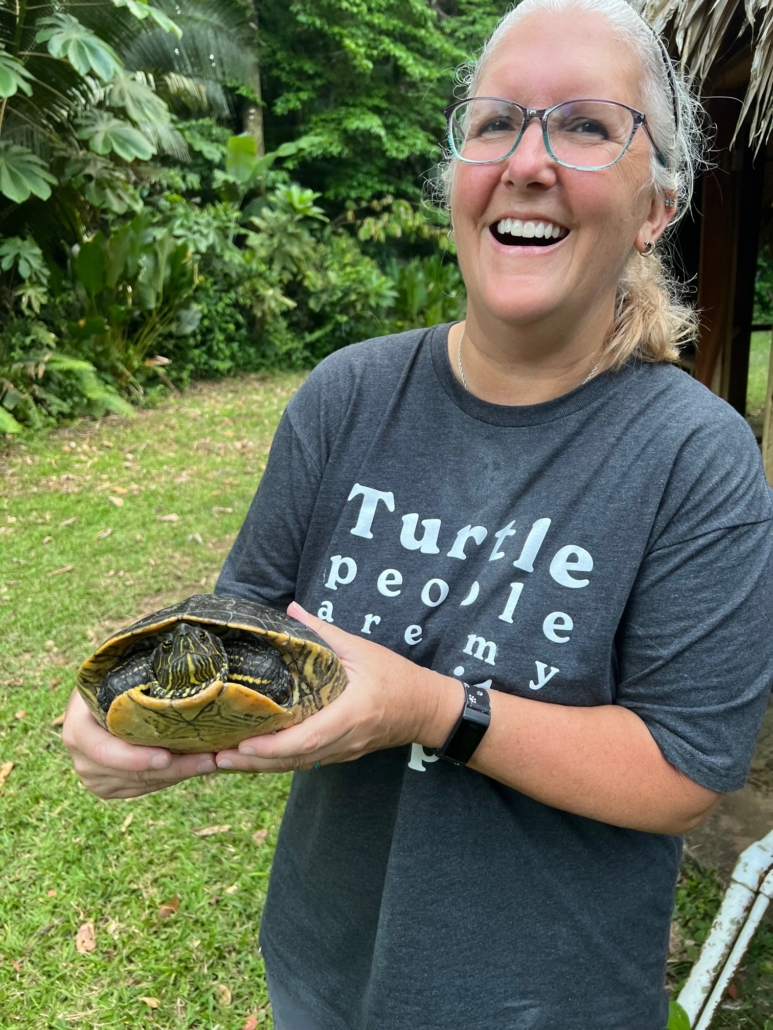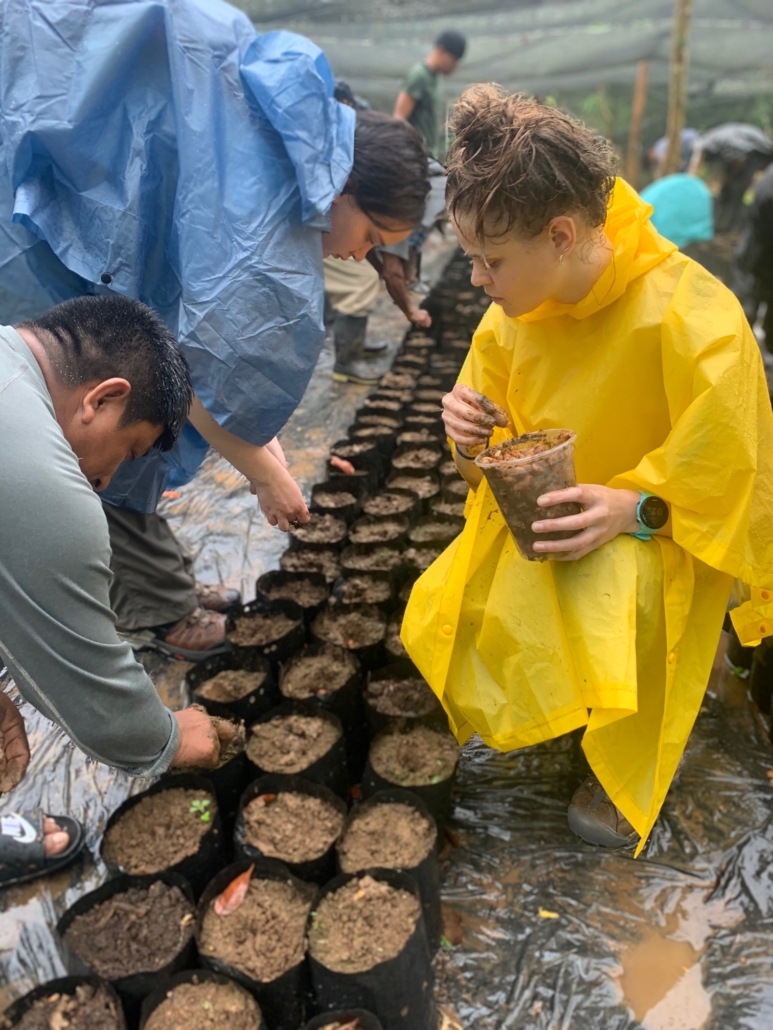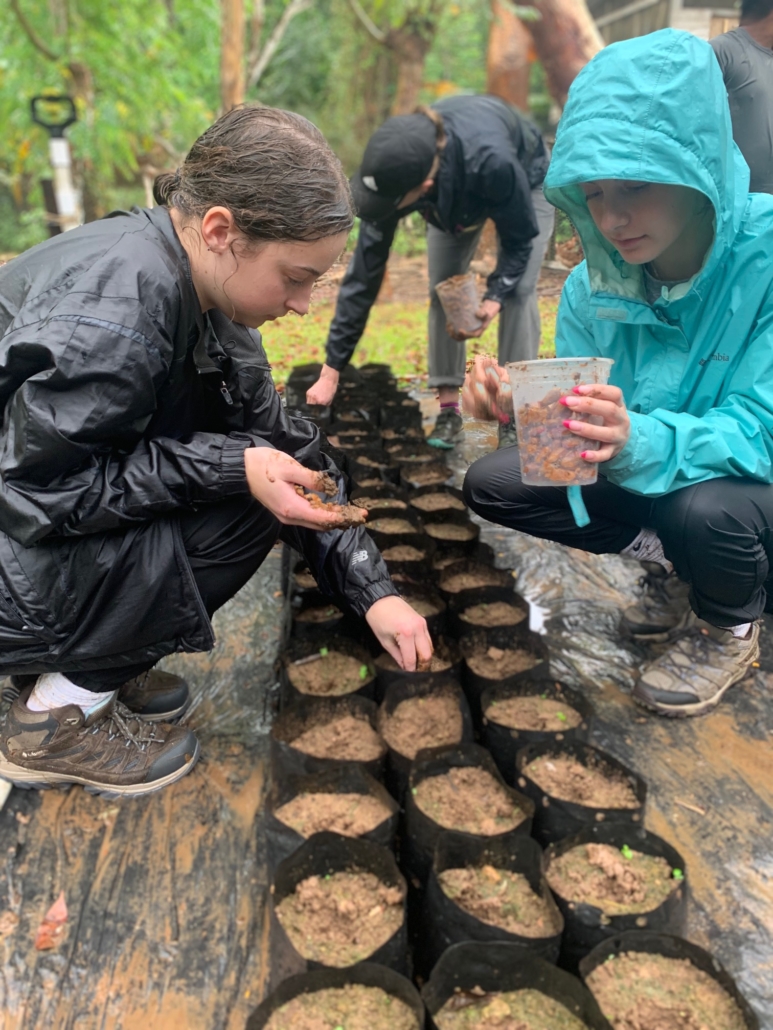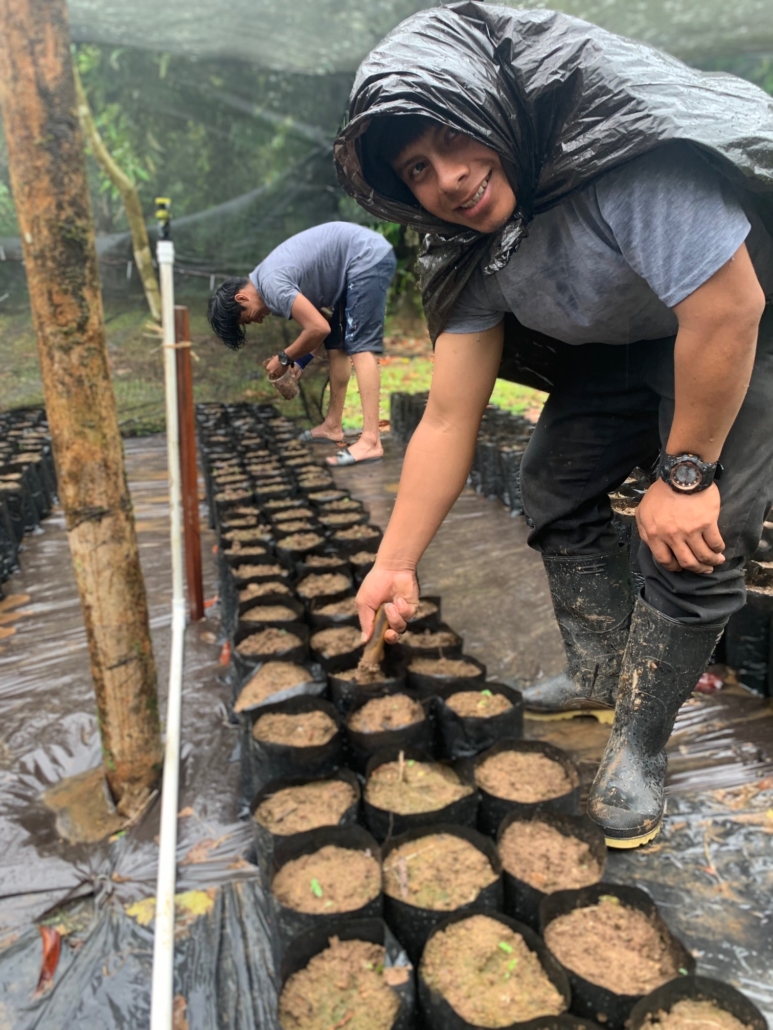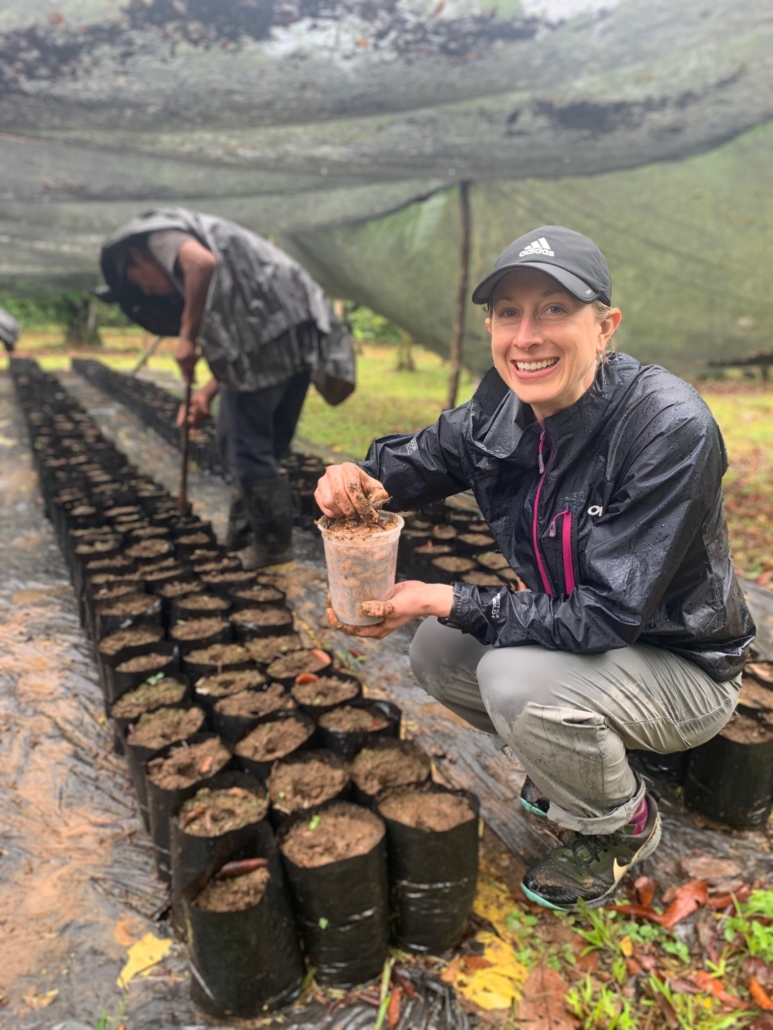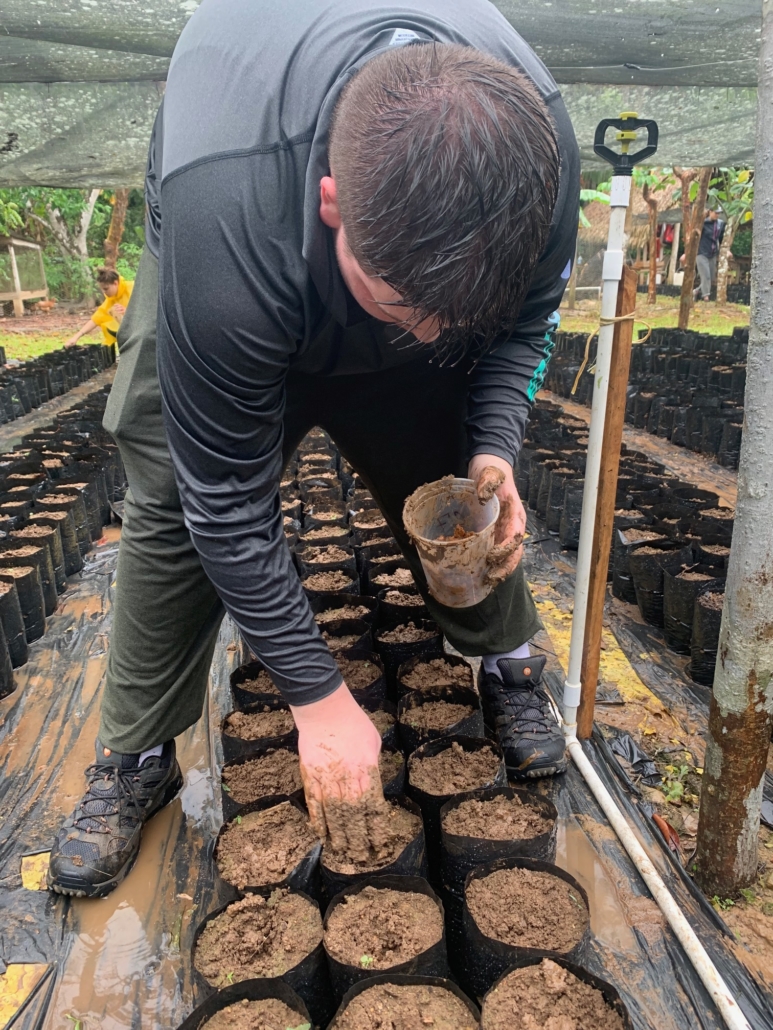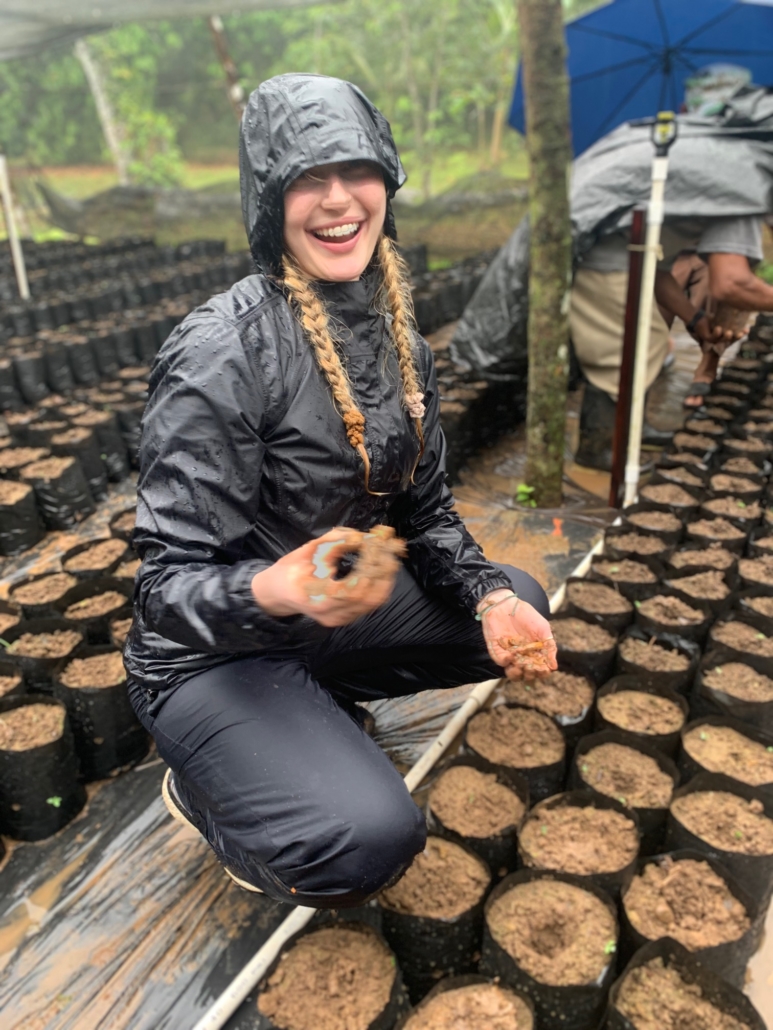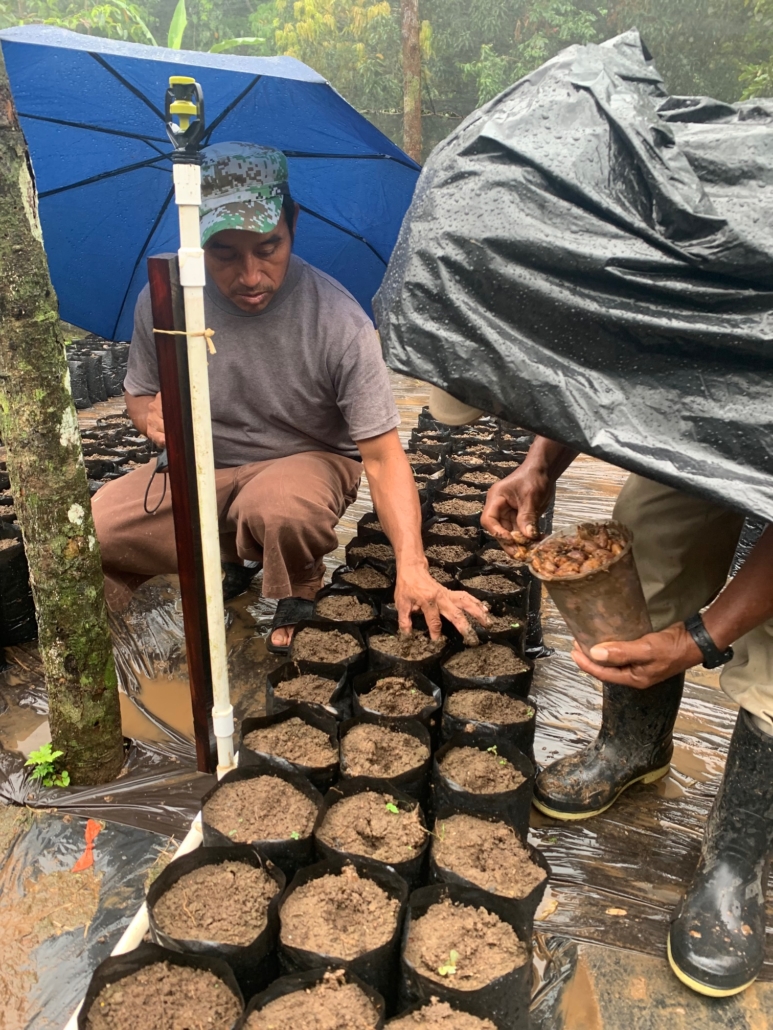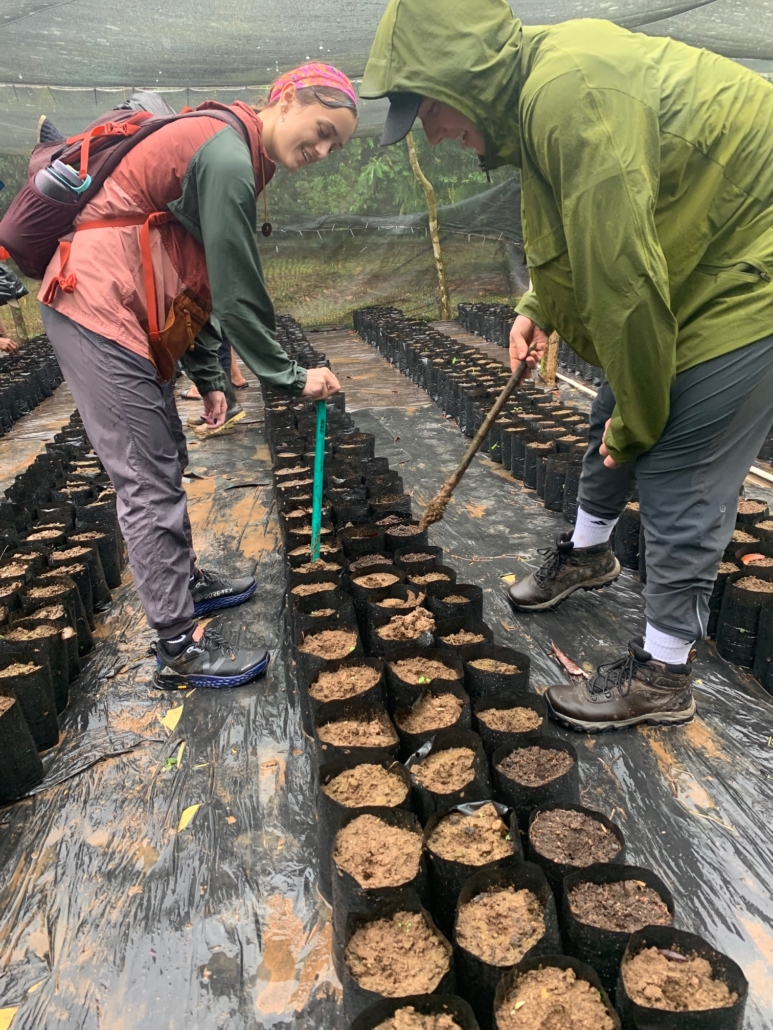The Belize Foundation for Research & Environmental Education (BFREE) is seeking to hire a qualified person (Belizean) for a full-time position to coordinate BFREE Conservation and Research programs. The position requires an advanced level, understanding, and mastery of the environmental and biological sciences.
Summary of the role:
The position requires a strong grasp of environmental sustainability, biodiversity conservation, biological sciences, science and research methodologies, leadership skills, project and personnel management, excellent communication skills, and an entrepreneurial approach to engaging corporate, government, and individual stakeholders. Most importantly, the candidate must bring a strong passion for conserving tropical forests and wildlife to the job. The Coordinator’s responsibilities are split between three programmatic areas as described below.
Programmatic Areas Include:
Dermatemys mawii Conservation Program (50%)
Responsible for spearheading efforts and collaborating with multiple stakeholders on the implementation of the Dermatemys Conservation, Management and Action Plan for the country of Belize. The Coordinator will work closely with multiple stakeholders including government agencies, researchers, non-government organizations, community-based organizations, communities and civil society. Activities include:
- Advance the coordination and implementation of the National Dermatemys Conservation, Management and Action Plan to be finalized and circulated in mid-2023.
- Develop and implement a fundraising strategy to support the implementation of the National Conservation, Management and Action Plan, including developing and submitting proposals to fund components of the plan.
- Strengthen relationships with partners, including the development of MOU’s
- Coordinate national and regional workshops.
- Facilitate and consult with the Hicatee Working Group (an active network of stakeholders working with Hicatee in Belize).
Cacao Agroforestry Program (25%)
Responsible for overseeing the data collection, management, and analysis of the Cacao agroforestry program at BFREE. The coordinator will work closely with multiple partners including visiting researchers and university partners, government agencies, non-government organizations, communities, and civil society.
- Advance the coordination and implementation of the Cacao Agroforestry program.
- Maintain and update the cacao agroforestry digital database.
- Become knowledgeable of the program and associated on-going conservation initiatives.
- Attend meetings involving key partners, including universities, researchers, government, and NGO’s.
- Coordinate and work closely with Cacao leadership staff to ensure research and data management activities are conducted effectively.
- Draft and submit bi-annual and annual reports.
Wildlife and Environmental Research and Monitoring Programs (25%)
Responsible for spearheading efforts and collaborating with multiple stakeholders on the wildlife research and monitoring programs at the BFREE privately protected area. The coordinator will work closely with multiple stakeholders including visiting researchers, university partners, and BFREE staff.
- Strengthen and further develop and implement a multi-taxa wildlife monitoring program at the BFREE privately protected area.
- Oversee the science at the Hicatee Conservation and Research Center (HCRC) including data management and analysis.
- Oversee the wildlife remote camera monitoring program at BFREE including data/image management.
- Communicate with and coordinate with visiting researchers at BFREE.
- Manage the collection, storage and analysis of the climate data at BFREE.
QUALIFICATIONS:
Education and Experience
- Ph.D. (preferred) or Master’s in Environmental science, ecology, sustainability, other natural/social sciences or related fields.
- At least 5 years of professional experience, with a minimum of 3 years in a leadership and management position.
- Management experience in the fields of conservation and natural resource management, in particular tropical forest ecology, wildlife biology and ecosystem management, with preference given towards persons with experience in sustainable agriculture and endangered species conservation.
- Experience in corporate and government engagement, preferably in Belize, coupled with experience of influencing policy and practice in both government and NGO sectors.
- Requires good understanding of national laws and local traditions that help protect forests and wildlife, and the realities of local law enforcement practices.
- In-depth knowledge of conservation and environmental sustainability issues and solutions, especially as they relate to Belize.
- Thorough understanding of, and experience in, championing and communicating the benefits of nature and conservation to people and society.
- Experience in staff management, with track record in motivating and mentoring staff and inspiring people through example.
- Proposal writing and project implementation experience.
- Budget development and financial management and reporting experience.
Additional skills needed:
- Self-starter with a high level of motivation and drive.
- Strong experience in administrative procedures and financial practices.
- Possess excellent organizational skills and ability to write and speak persuasively.
- Experience in project management and collaboration with external partners
- Ability to coordinate with a diverse set of stakeholders on complex projects, and to multi-task and balance multiple projects simultaneously.
- Ability to manage multiple priorities with strong skills in planning and problem-solving.
- Excellent data management and analysis skills.
- Strong understanding of program delivery and evaluation methodologies.
- Strong organizational and project management skills.
- Advanced level proficiency in Google, MS Office, GIS, and Geospatial Mapping
- Fluency in English and Spanish.
- Valid Driver’s License is Recommended.
DETAILS:
This full-time position starts in March 2023. This is a one-year position with the opportunity to continue after evaluation. The BFREE Conservation and Research Coordinator must have their own workspace with internet connection, as the position is a remote working environment. Office equipment and supplies will be provided including a computer, software, communications, etc. Some travel is required for meetings, workshops, outreach engagements, and visits to partner sites and monthly visits to the BFREE Field Station. A 4×4 vehicle will be available on an as needed basis.
SALARY and BENEFITS:
Salary is competitive for high-level, leadership roles in Belize and are based on experience. An annual in-country travel fund is included.
APPLY:
Please submit applications to Heather Barrett at jobs@bfreebz.org by March 6, 2023. Applications are to include a cover letter detailing their interest in the position and associated experience, an up-to-date resume or curriculum vitae, and three references. Only complete applications will be considered.
